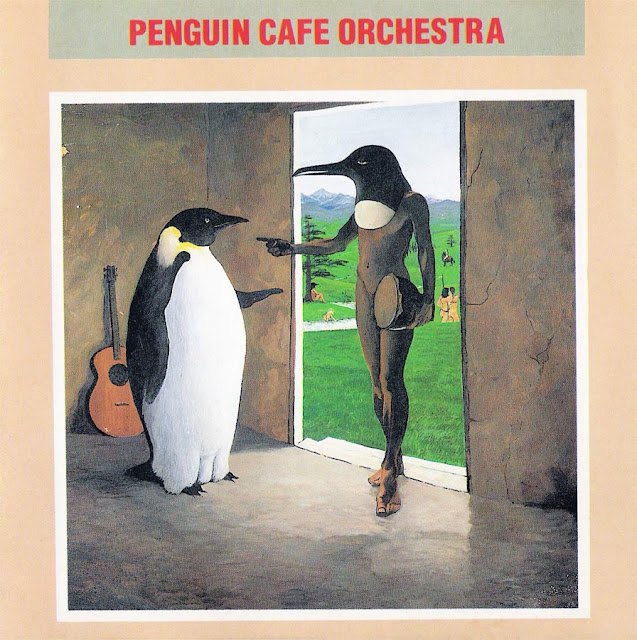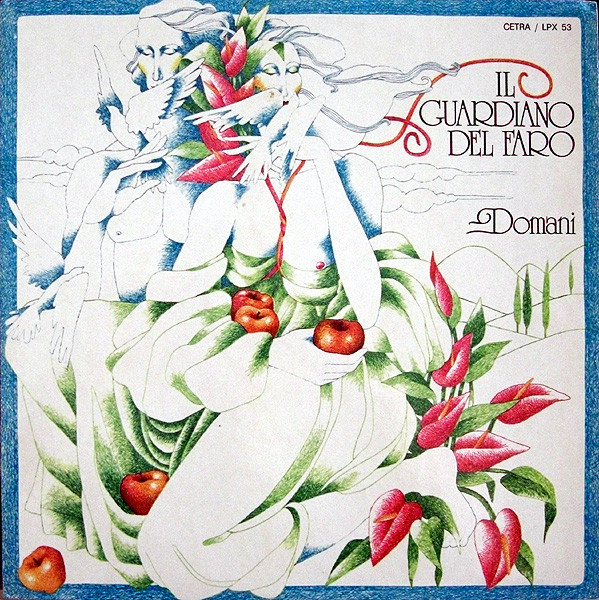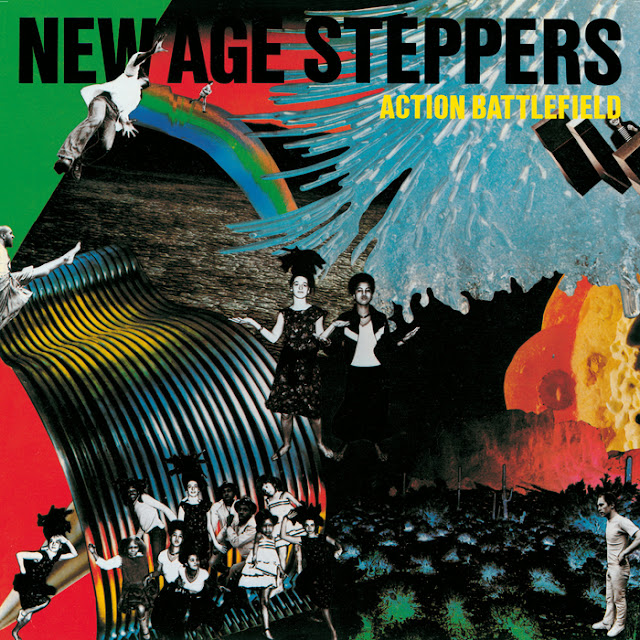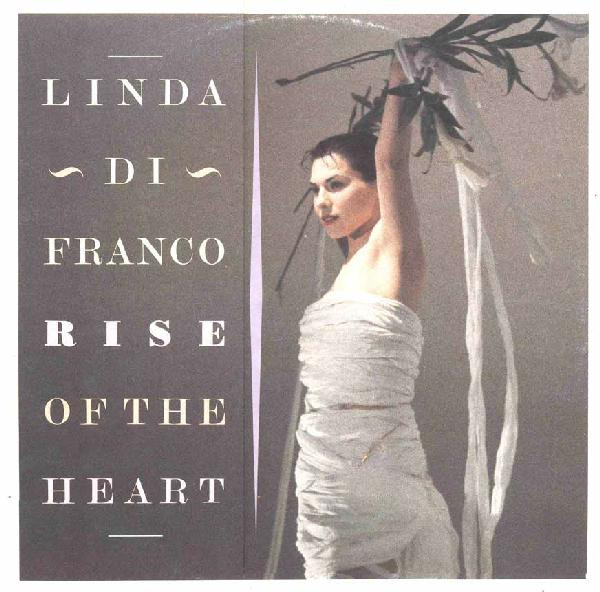
I’m so excited to share my first episode of “Getting Warmer” for NTS Radio. If you like it, you can download an mp3 version here. Enjoy!
Tracklist:
1. Mark Isham – Raffles In Rio
2. Yas-Kaz – The Gate of Breathing (Excerpt)
3. A.r.t. Wilson – Rebecca’s Theme (Water)
4. Double – Naningo (Lexx Edit)
5. Elicoide – Mitochondria (Excerpt)
6. Yoichiro Yoshikawa – Nebraska
7. Salma Agha & Bappi Lahiri – Come Closer (Excerpt)
8. Len Leise – Forlorn Fields
9. Lino Capra Vaccina – Voce In XY
10. Eric Vann (Joel Vandroogenbroeck) – Algues Marines
11. Denny Lather – Timeless
12. Aragon – 家路
13. Dip In The Pool – Silence
14. Ryuichi Sakamoto – Put Your Hands Up
15. Grace Jones – The Crossing (Ooh The Action…) (Edit)
2. Yas-Kaz – The Gate of Breathing (Excerpt)
3. A.r.t. Wilson – Rebecca’s Theme (Water)
4. Double – Naningo (Lexx Edit)
5. Elicoide – Mitochondria (Excerpt)
6. Yoichiro Yoshikawa – Nebraska
7. Salma Agha & Bappi Lahiri – Come Closer (Excerpt)
8. Len Leise – Forlorn Fields
9. Lino Capra Vaccina – Voce In XY
10. Eric Vann (Joel Vandroogenbroeck) – Algues Marines
11. Denny Lather – Timeless
12. Aragon – 家路
13. Dip In The Pool – Silence
14. Ryuichi Sakamoto – Put Your Hands Up
15. Grace Jones – The Crossing (Ooh The Action…) (Edit)








